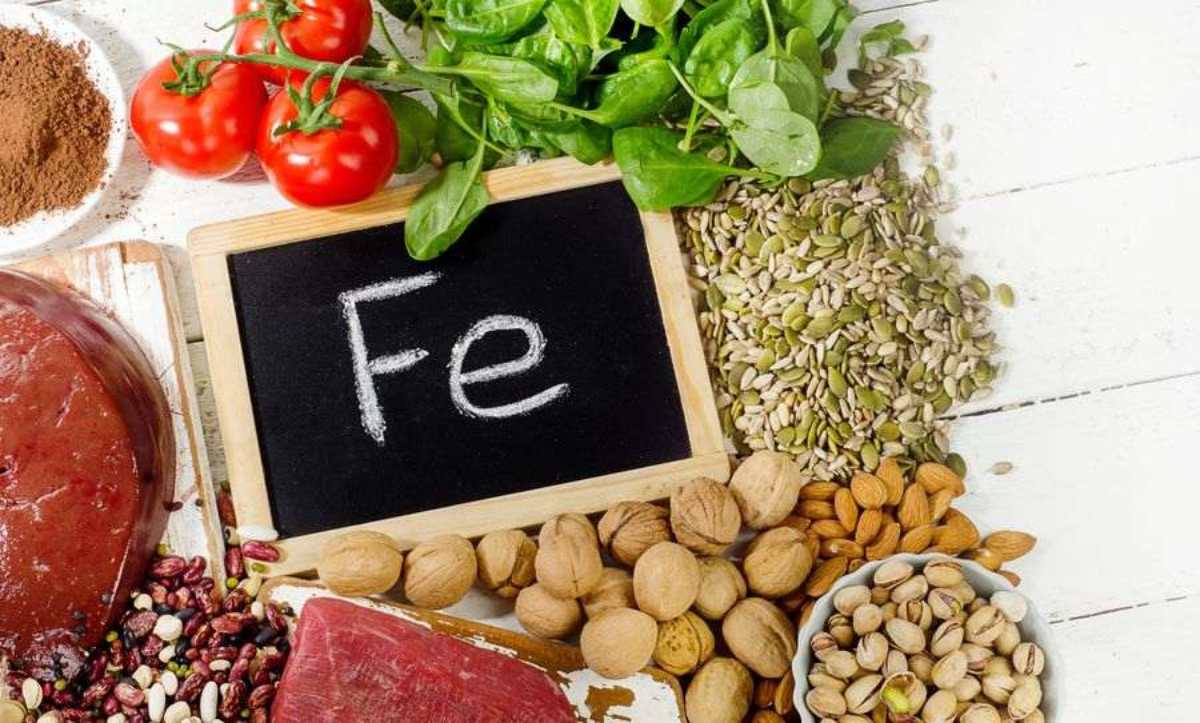Table of Contents
Introduction
Iron is essential for numerous biological processes. It is vital in producing red blood cells, boosting the immune system, and supporting her./filthy nails, hair, and skin. Iron deficiency can lead to anemia, and too much iron can be toxic. Iron is essential for the proper functioning of hemoglobin, a protein that transfers oxygen in the blood in the lungs and tissues.
Excessive iron can damage the gastrointestinal system and cause vomiting, nausea, stomach pain, and diarrhea. Too much iron can also circulate to other organs, causing damage to the brain and liver. It’s, therefore, essential to control the iron level to prevent overload and deficiency.
The mechanism has been developed to control iron balance to the required limit. Iron metabolism is therefore needed to regulate the process of managing iron uptake, recycling, and storage.
Many tests have been conducted to estimate iron stores and iron metabolism. Some tests include the hepcidin ELISA kit, mainly used to detect antigens and proteins from different samples. The kits are also used to detect hepcidin, an antimicrobial peptide.
Iron Metabolism
Iron metabolism includes a regulated process to control storage, iron uptake, and recycling. Most proteins play significant roles in iron metabolism. Iron homeostasis is regulated by a peptide in the liver known as hepcidin. The peptide uses ferroportin to regulate the export of iron. Hypoxia, systematic iron levels, infection, anemia, and inflammation regulate hepcidin.
Most iron is used in red blood cell synthesis; therefore, there is no specific physiological way of iron excretion. Iron metabolism disorders often cause conditions such as erythropoiesis and iron overload.
Iron is required for the production of erythrocytes and other processes. Iron homeostasis regulatory mechanism includes hepcidin a peptide that controls the export of iron.
It is crucial for most proteins and enzymes, such as hemoglobin. Free irons act as a catalyst in free radical formation and can be toxic to the cells. Various measures are put in place to prevent toxicity to ensure safe transportation, utilization, and absorption of iron.
Iron Absorption
Iron absorption occurs in the upper jejunum and duodenum and is regulated by a peptide known as hepcidin from the liver.
Hepcidin binds to ferroportin and prevents iron from leaving the cell. It also prevents the transcription of the DMTI gene and, therefore, lessens iron absorption.
The body has no specialized mechanism for excretion of iron. The levels of iron are balanced by iron absorption regulation. Around 1 to 2 mg of iron is lost daily from the gastrointestinal mucosa and the skin.
Taking a balanced diet that contains enough iron will help in balancing this loss. The iron can be retrieved from consuming leafy greens, legumes, nuts, and seeds, known as non-haem iron, or it can be retrieved from animal sources such as haem iron.
Haem iron absorbs more than inorganic iron, such as ferrous and ferric iron. Ferric iron is first reduced to ferrous form before getting absorbed.
Iron Recycling
A small amount of iron is retrieved from the diet from the total iron requirement. Iron recycling help in meeting the iron requirement in the reticuloendothelial system. Iron can be stored in two ways: ferritin and hemosiderin.
The largest concentration of iron is in the bone marrow, spleen, and liver. Studies are conducted to monitor and identify disorders of iron metabolism, specifically iron overload and anemia.
Iron increases during pregnancy especially in the 12 to 16th week of gestation. Iron supplementation is therefore necessary to prevent iron deficiency. However, too much iron during pregnancy can cause unfavorable pregnancy outcomes.
The use of contraceptives has been linked to high iron storage, probably due to decreased loss of menstrual blood. Environmental, physiological, and genetic factors can also cause deficiency pathologies and iron overload.
Iron metabolism regulation
There are various mechanisms in human organisms where levels of iron are stored in homeostasis. These mechanisms include controlled iron storage, recycling, and absorption. There is no specific way to excrete iron, and therefore, about 1mg is required to be absorbed in the body daily. However, there might be changes in the storage and absorption of iron.
Mutations can cause iron overload conditions such as hemosiderosis and hemochromatosis in HFE, ferroportin, hemojuvelin, ceruloplasmin, and other genes. Hemochromatosis treatment involves therapeutic phlebotomy and also close monitoring of iron is needed. Iron overload is linked to high hemoglobin levels.
Ferritin is effective in monitoring and diagnosing iron excess.
The main causes of anemia include iron metabolism, resulting in chronic disease and iron deficiency anemia. Iron deficiency is caused by a low iron and low hemoglobin intake and is typically hypochromic or microcytic.
Anemia of chronic disease is caused by reduced production of the red blood cell. It is also linked to chronic and acute inflammation.


